
- Products
- Solutions
- Learn
- Partner
- Try Now
Ecommerce businesses saw a steep rise in orders during the pandemic due to massive lockdowns and restrictions over the physical presence in shops. The stress of faster deliveries and safer handling of products has increased due to high demand. The last-mile delivery is not just a marketing gimmick to attract customers but a real need for most eCommerce giants.
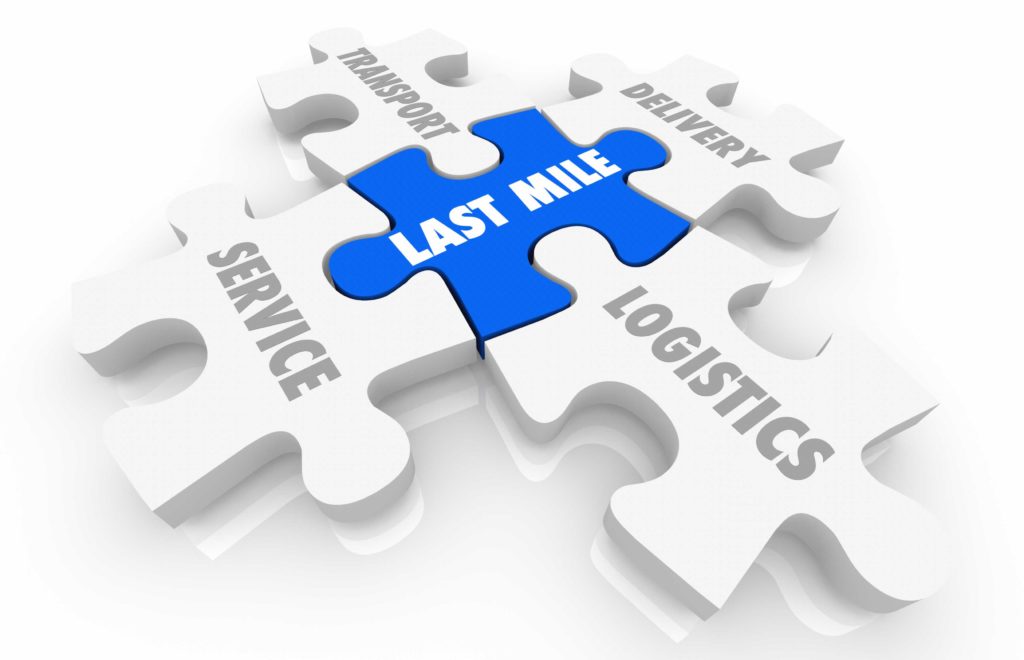
According to Accenture, 89% of the retail, manufacturing, and logistics firms believe that eCommerce generates a higher need for faster deliveries. It is this demand for a quicker delivery that is boosting the last-mile delivery concept. If you are wondering what is last-mile delivery, and why you need it, here is a comprehensive take on its importance.
What is Last-Mile Delivery?

A parcel delivery begins from a manufacturing plant to the warehouse, this is referred to as the first mile of any delivery. Once the customer places the order, the specific product is transported from the warehouses to the different distribution centres, this is the middle mile delivery.
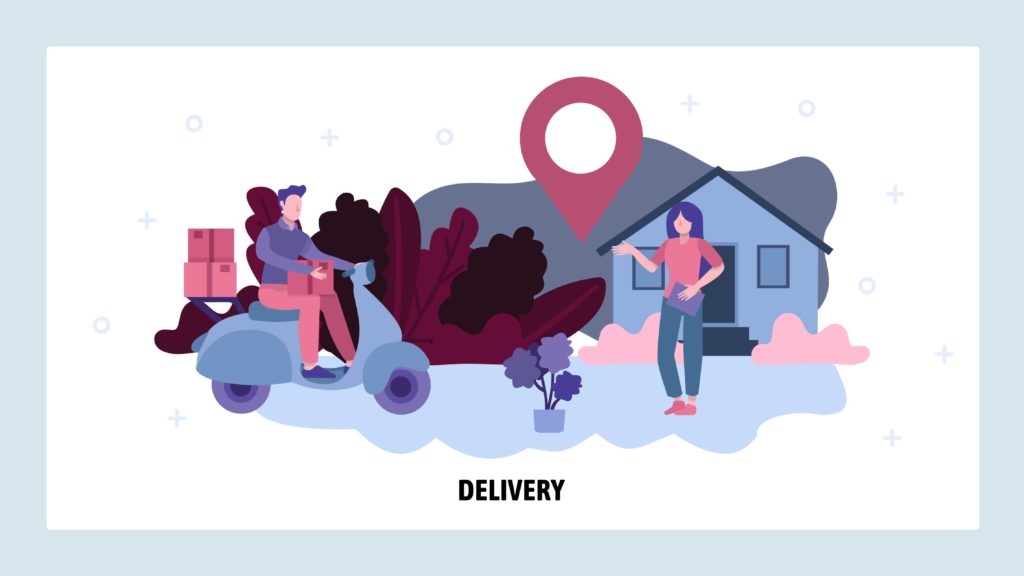
So, the last-mile delivery relates to bulk shipments broken down into smaller individual deliveries from a distribution centre.
Each of these separate deliveries has its route, location, and schedule. A last-mile delivery software helps with the management, tracking, and scheduling of such deliveries.
Here are some critical data that will help you understand the growing importance of last-mile delivery.
- 63% of consumers prefer online deliveries over physical stores due to overcrowded space(Capgemini Report).
- Courier Express Parcel’s market size reached $343 billion during the year 2020 (Accenture).
- 40% of consumers say that delivery services are a must-have for any food, and grocery business(Capgemini Report).
- 90% of consumers track every order they place on an online eCommerce store and want deliveries to fit their lifestyle(Accenture).
- 41% of consumers are willing to pay a little more for same-day deliveries of products(PWC).
- 86% of consumers will continue to buy products online despite the social distancing restrictions (PWC).
Impact of Last-Mile Delivery on the Logistics Value Chain
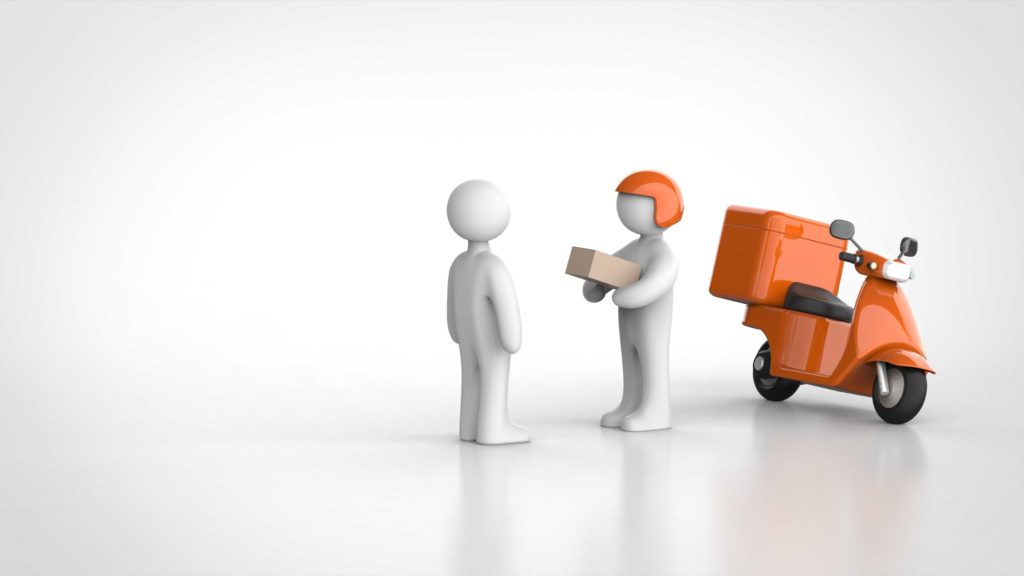
The logistics value chain refers to the streamlining and simplification of the supply chain operations to optimize deliveries. A value chain refers to how companies add value to their business through manufacturing and sales. At the same time, the supply chain or logistics focus on the delivery side of these products.
Together with a logistics value chain ensures a competitive edge for firms over others in the market. Now, the question arises, what is last-mile delivery’s role in enhancing a logistics value chain? The answer is simple, last-mile delivery systems deal with the supply side of the value chain, which is the front face of a business.
Why is Last Mile Most Important?

The entire process of manufacturing a product and making it available for your customers remains dependent on the last mile delivery. Both first, and middle-mile delivery are backend and do not deal directly with consumers. The last-mile delivery system is your front face that engages with the customer.
Now, if you take the last-mile delivery out of the picture, consumers need to either pick up their products physically from a store or distribution centre. So, a customer has to spend on the product, and even on the transport to bring it to their place.
Apart from the cost, there are issues like delays, product handling, tracking of items, and damages during transit that a customer may bear. With last-mile delivery, customers can get the product delivered at the doorstep, and even track the entire transit activity. It empowers customers to choose between self-pickup of products and doorstep delivery.
Let’s understand more about the last-mile delivery systems and the importance of their integration in your business.
Benefits of Last-Mile Delivery
We have our answer for last-mile delivery, but do you need it, or should you spend on improving it? To understand the magnitude of last-mile delivery, let’s know some of the essential factors about the courier-express-parcel industry.
Quick Deliveries
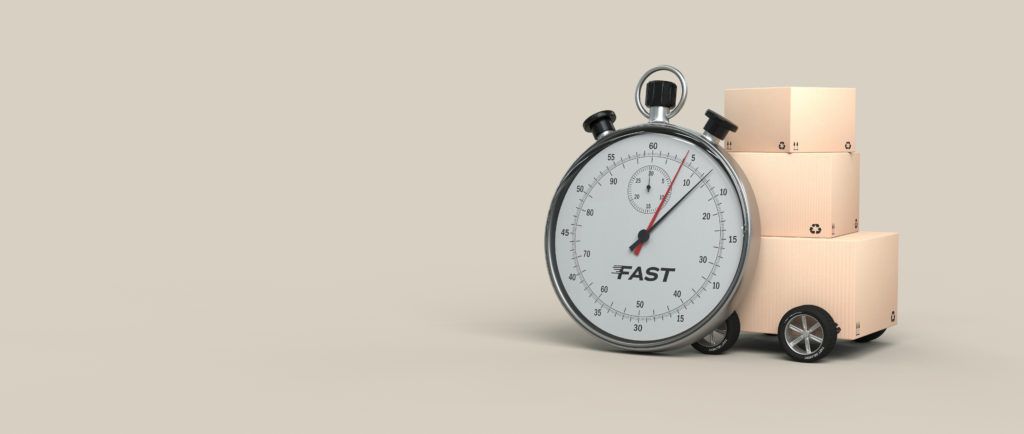
Consumers expect quicker deliveries. For example, you are working at home and need a faster internet speed. So, you browse an eCommerce website to order one. What if there are delays to the delivery from the online store too? You are doomed, right?
Last-mile delivery systems ensure that you don’t have to wait long. But, what if the last-mile delivery service is slow? According to Matthias Winkenbach from MIT(Massachusetts Institute of Technology), the urban areas have slow last-mile deliveries.
On average, there are 50-150 delivery stops per day for eCommerce deliveries in urban areas, which results in more fragmented and micro deliveries. This causes the last-mile deliveries to slow down.
Many eCommerce giants like Amazon, UberRush(Which is defunct now), Postmates, and others, now focus on individual deliveries to reduce the delays.
Last-Mile Delivery Management

Individual delivery management can become challenging without effective tools and infrastructure in place. For example, if you are to deliver a product in a newly developed area just outside the city, and it does not have proper mapping through GPS, the last-mile deliveries can be challenging.
Here, you will need smart delivery management software that can help with the automation of delivery allocations, order management, and others. Last-mile delivery solutions like Tookan helps with the automatic allocation of individual delivery orders to the delivery personnel based on location, schedules, and route. So the delivery delays can be minimized.
Last Mile Courier Tracking
When you decide to focus on the individual deliveries for quicker deliveries, last-mile courier tracking takes centre stage. Tracking enables businesses to optimize the route and ensure faster deliveries. Especially for urban areas, bypassing the peak traffic and reaching the customer location becomes quintessential.
Take an example of food deliveries. If you are to serve hot and fresh food to your customers, last-mile courier tracking is vital for a better customer experience. 55% of customers stop buying products from an eCommerce store after two to three late deliveries. So, taking your delivery tracking seriously is the only way out. Here, last-mile delivery systems like Tookan help with useful tracking features.
Special Logistics Requirements
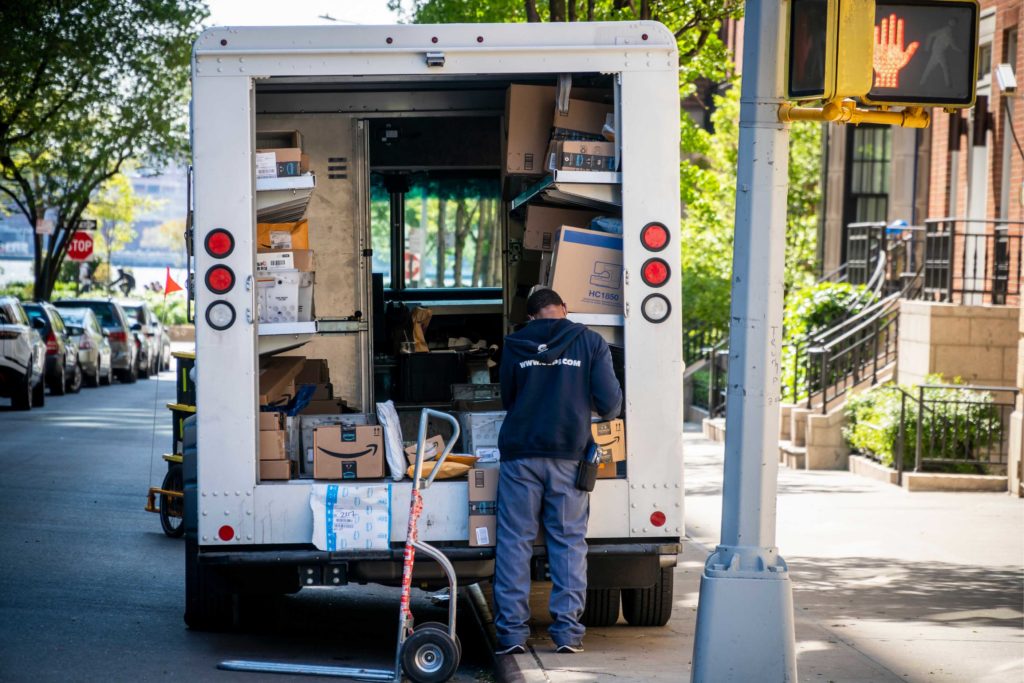
When you think about what is last-mile delivery services, you should not limit it to strictly eCommerce-centric. As it is an essential part of the logistics value chain, there are some special requirements that you need to take care of while handling the delivery fleet.
Take the example of COVID19 vaccine delivery. Most of the vaccines need cryogenic temperatures to be efficient. For such deliveries, you will need constant monitoring of the temperature inside the delivery vehicle through your last-mile delivery system. Such deliveries require smart monitoring and last-mile courier tracking abilities.
Now that we have an idea about what is last-mile delivery services and the factors that affect their optimization, here is a list of things that will help you understand why it matters the most?
- 93% of consumers want to track every detail regarding their product deliveries at every stage until the last-mile delivery, which shows the importance of last-mile tracking.
- 47% of customers will not choose a company if they have lower last-mile delivery visibility.
- 52% of consumers will pay for products or services only if they feel the company’s customer experience will be good.
- Smart delivery management software can help you integrate innovations like IoT(Internet of Things), Artificial Intelligence(AI), and Machine Learning.
- Most eCommerce companies invest in technologies like drones, droids, robotics, smart door lock, trunk delivery, and even autonomous vans.
- ADVs or Autonomous Delivery Vehicles will need software or programming other than humans for last-mile delivery execution.
- Urban cities like Paris, Mexico, and others will make the commercial transport zero-diesel, and for last-mile delivery services, it means more electric vehicles.
- ADVs for last-mile delivery systems can reduce the cost per-parcel more than any other delivery approach through smart integrations.
Conclusion
As we discovered the answer to the question- what’s last-mile delivery, there are other dimensions to this complex solution that has a simple solution- “Smart Last-mile Solution.” It offers enterprises and eCommerce businesses to improve their logistics value chain and enhance the end-user experience.
If you are an eCommerce business or even an on-demand delivery service, the last-mile approach is quintessential for scaling needs. You can break down the deliveries into smaller units, which makes management better than the bulk approach. However, there are challenges to a last-mile delivery system, which can be turned into opportunities with the right technology solution.
If you have any doubts on what’s last-mile delivery or any other concerns that need guidance, please share with us by commenting below.
Subscribe to stay ahead with the latest updates and entrepreneurial insights!

Subscribe to our newsletter
Get access to the latest industry & product insights.





















